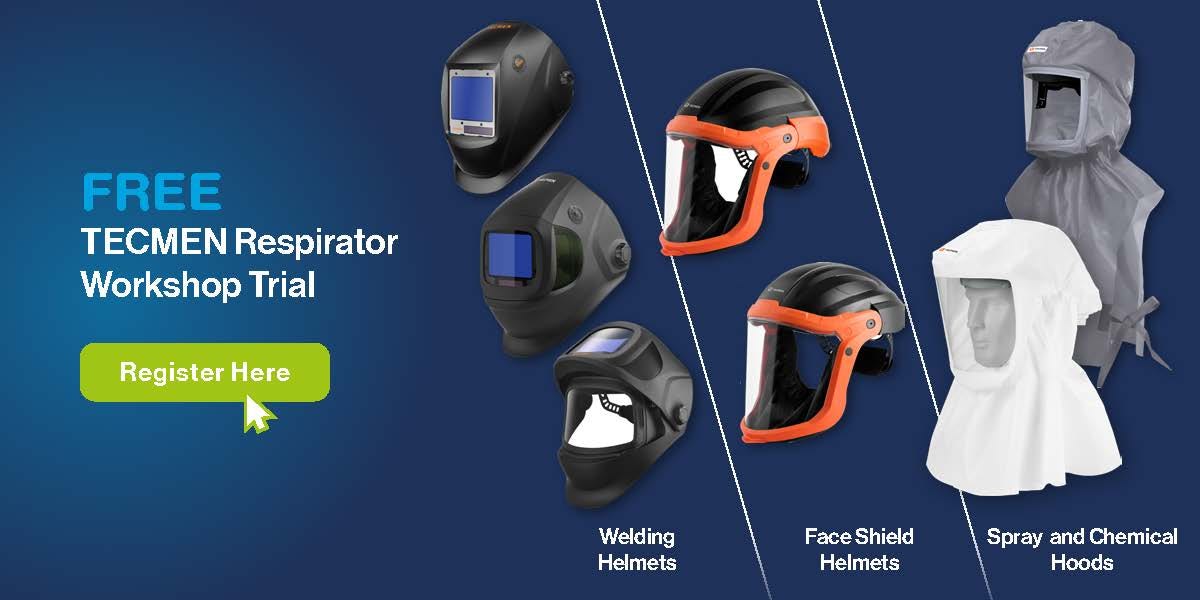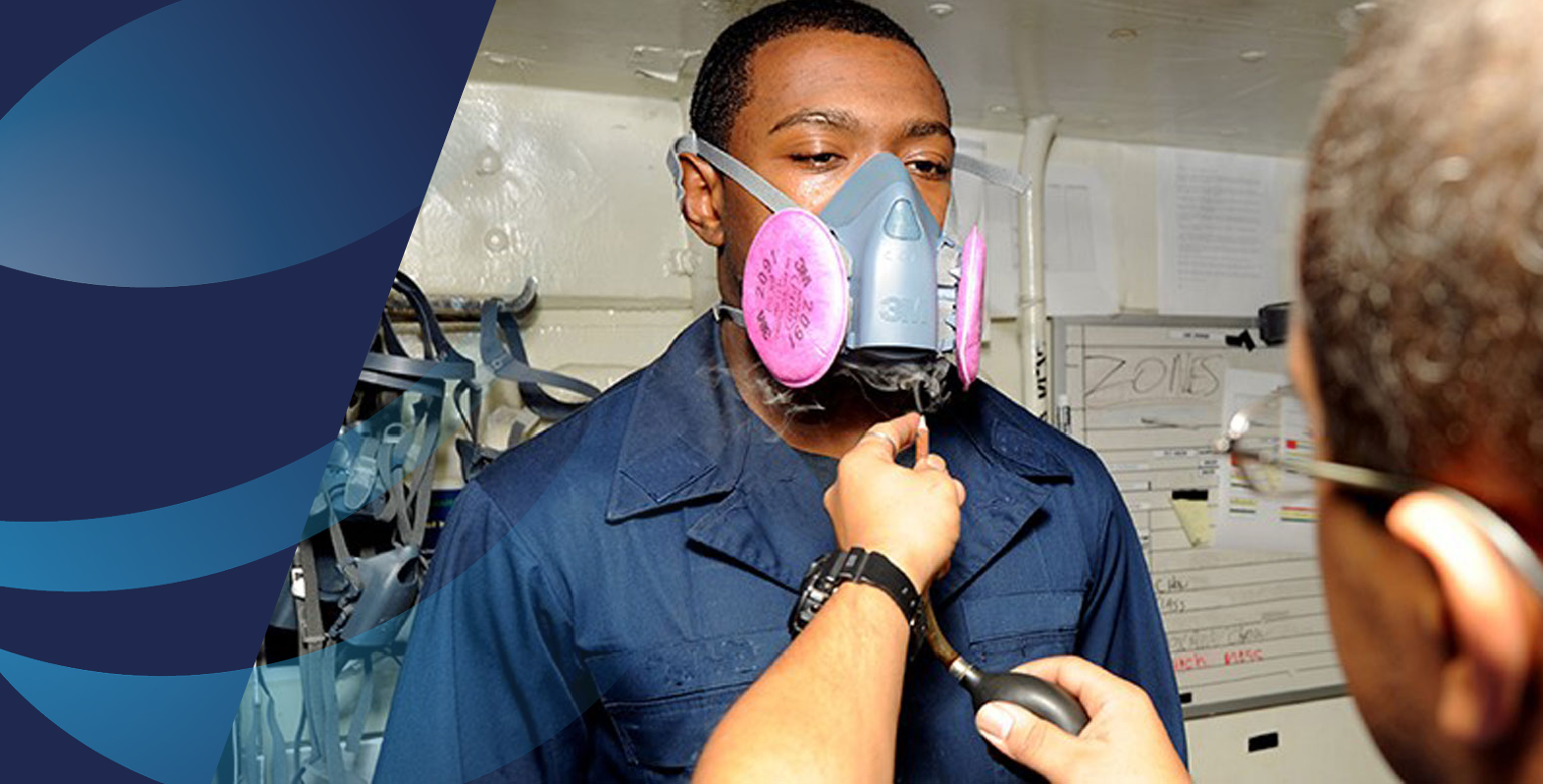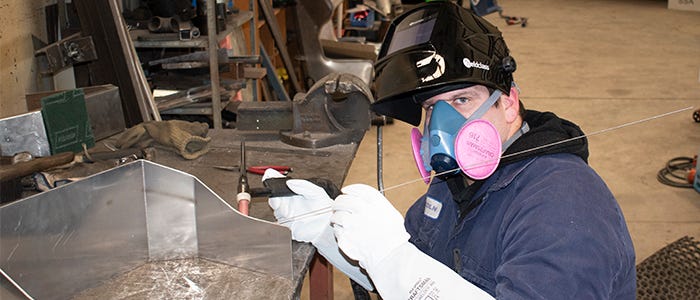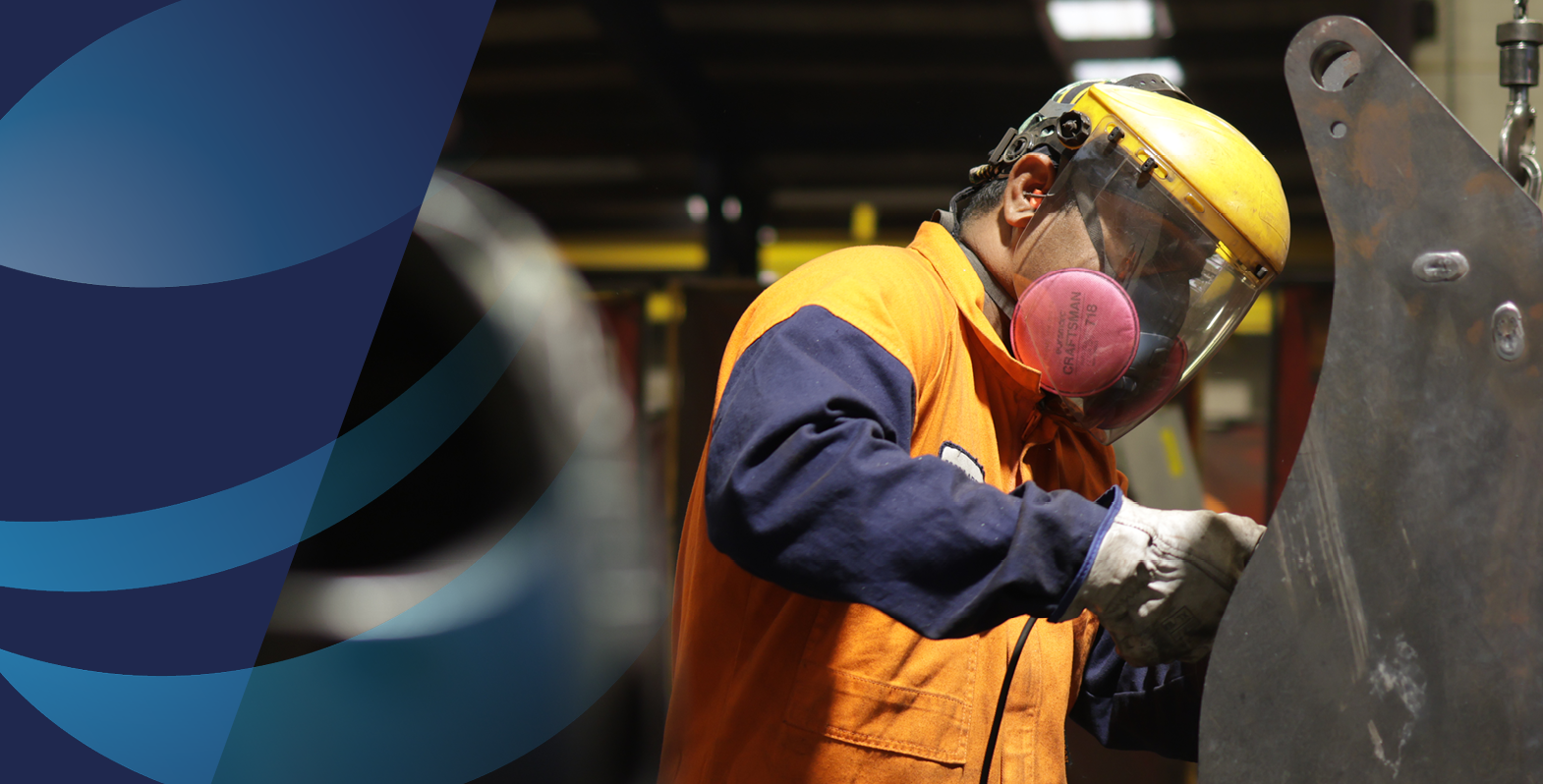The 10 most FAQ's about Respirator Fit Testing
Fit testing - heard about it, but not sure what it is? Do you need it? What does WorkSafe say? Here's 10 of the most frequently asked questions about fit testing for respirators.
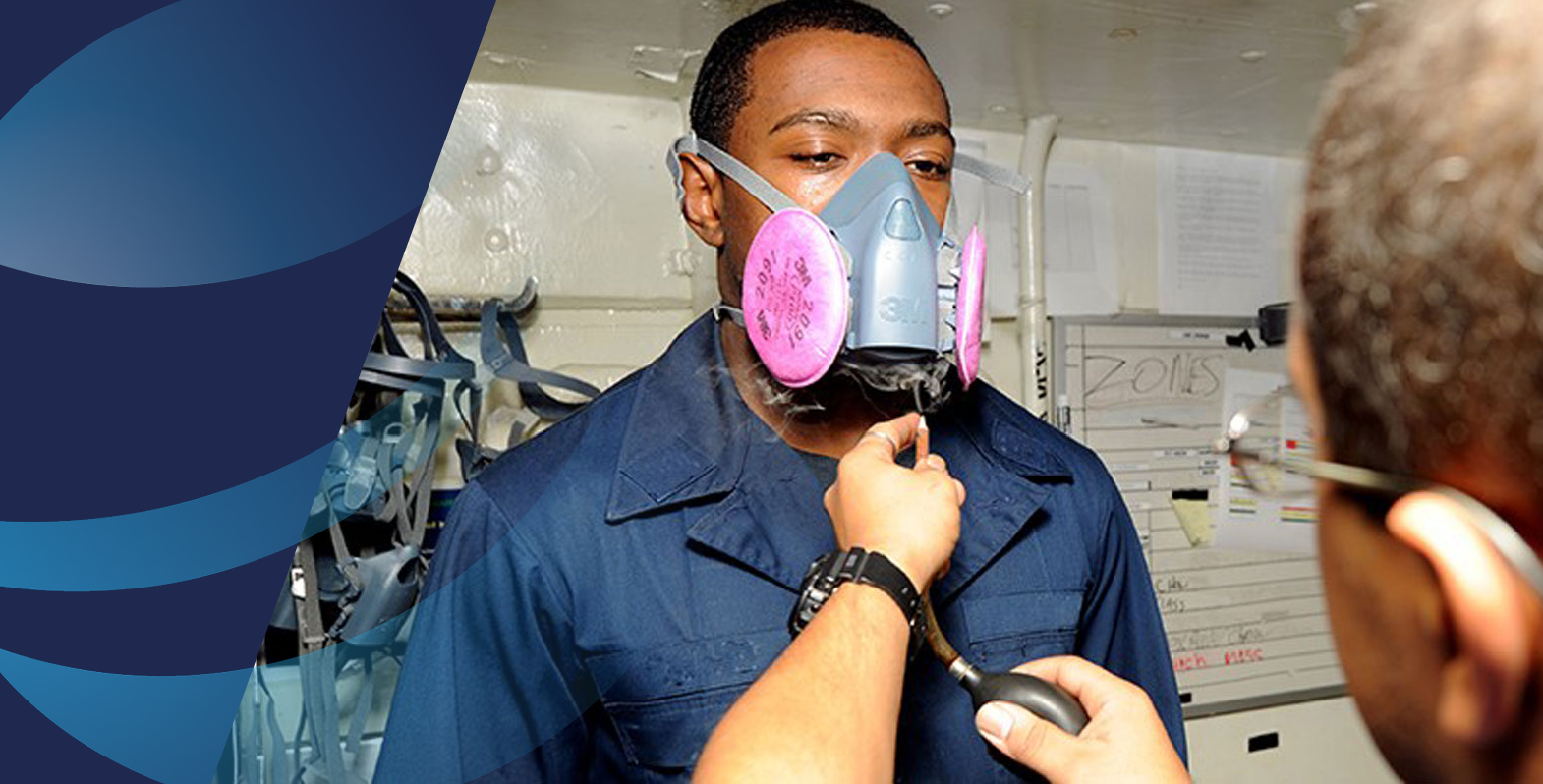
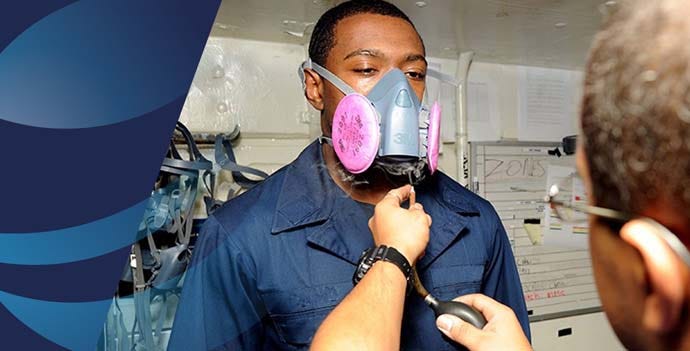
1. What is a fit test?
Don't worry, there's no running, push ups or wall sits involved in a fit test - it's nothing to do with fitness.
A “fit test” tests the seal between the respirator's face-piece and your face. It takes about fifteen to twenty minutes to complete and is performed at least annually. After passing a fit test with a respirator, you must use the exact same make, model, style, and size respirator on the job.
2. Who needs a fit test?
Anyone using 'tight fitting' respiratory protective equipment (RPE) needs a fit test.
This includes respirators that work through negative pressure, such as:
- Disposable respirators
- Half-mask respirators
- Full-mask respirators with filters
These rely on suction from inhaling to draw air through the filter. A proper fit is crucial to minimise contaminated air leaking into the face-piece.
3. Why do I need one?
Toxic fumes and particles can penetrate even the smallest gap between your face and the respirator. If this happens, the RPE’s effectiveness is drastically reduced.
According to WorkSafe guidelines it is an employer's duty to ensure all workers are fit tested at least annually and after any significant changes to the wearer’s face.
4. How often should a fit test be performed?
Every worker should be fit tested at least annually. They should also be re-tested if they:
- Gain or lose weight.
- Have any significant dental work.
- Have any facial surgery.
- Have any scaring around where the RPE seal fits.
5. What if I wear glasses?
During the fit test you should wear anything you usually would when using your RPE. This may include glasses (prescription or safety) or anything that could interfere with the respirator's seal.
Anything between your face and the respirator’s seal – including glasses, facial hair, or other PPE – can allow contaminated air to leak in, reducing protection.
6. Can facial hair affect the fit test?
Yes, facial hair can break the respirator’s seal, allowing contaminated air to leak in. To pass a fit test, you should be clean-shaven in areas where the mask seals.
If shaving isn’t an option, consider alternative RPE, such as powered air-purifying respirators (PAPRs), which do not require a tight face seal.
7. What if I fail the fit test?
It’s not you that fails the test – it’s the respirator. If the respirator fails to provide a good seal, it won’t protect you properly. You’ll need to test different sizes or models until you find one that fits correctly. Employers are responsible for providing suitable RPE for each worker.
Air quality is extremely important. Fumes and particles found in a metal workshop can be extremely dangerous - read our blog here: The danger of welding fumes - cancer & other effects
8. Who can do the fit test?
Any competent person trained in fit testing procedures can perform the test. This may be an in-house safety officer, an external supplier, or a work health professional.
9. How do I do a fit test?
You can either:
- Purchase a fit testing kit for in-house testing
- Arrange a test with a supplier or work health professional
10. What happens once the test is over?
Once the test is complete, you will know:
- The type and size of respirator that fits you best
- How to properly use and maintain your respirator
From there, you must always use the same respirator model to ensure full protection. WorkSafe guidelines state that it is the employer’s duty to ensure workers are fit tested and provided with suitable RPE.
 Need assistance?
Need assistance?
